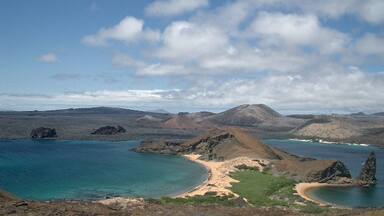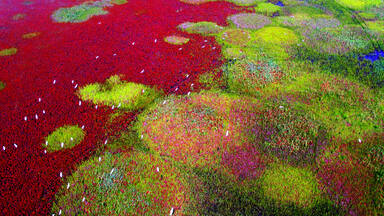The project was developed in response to the threats resulting from the introduction of alien species and is laying the foundations for the creation of a systematic approach to dealing with alien species in island ecosystems. The approval of this project was critical in enlisting additional substantial support from the Global Environment Facility, which is now building on the work currently being carried out under the UNF project.
Objectives
Develop and test cost-effective eradication techniques for alien species. Improve quarantine system preventing new arrivals of alien species. Eradicate selected alien species populations. Enlist the support of Galapagos residents in the fight agains alien species. Establish a $2M trust fund to support on-going alien species work.
Background
The Galapagos archipelago is world famous for the role it played in helping Charles Darwin develop his theory on the origin of species by natural selection. These islands have since proved to be the ideal living laboratory for the study of biological evolution, having attracted thousands of scientists since Darwin's visit in 1835. Due to their remote location and harsh conditions, these islands have escaped intense human colonization and their original biological makeup remains relatively intact. However, increasing human population on the islands, and the increasing movement of goods from the continent and between islands have led to a rapid rate of introduction of alien species. These are now considered to be the greatest threat to Galapagos biodiversity by both the Galapagos National Park Service and the Charles Darwin Foundation.



